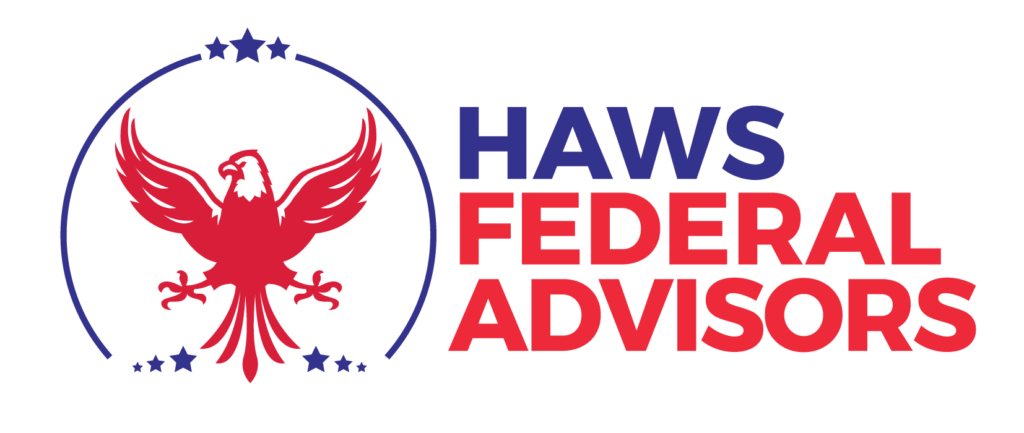The cost of healthcare is rising at a staggering rate and being prepared with proper health insurance often makes a huge difference during a career and in retirement.
For federal employees and retirees, Medicare is a big question. FEHB has served many federal employees for decades and the Medicare program is very complex. But getting this decision right the first time (generally at age 65) can save a lot of money over time.
The Options
Medicare has 4 parts. Parts A, B, C, and D. And for simplicity’s sake, we won’t dig into parts C and D in this article because most federal employees’ FEHB plans already cover what parts C and D would cover. Consequently, the vast majority of feds don’t enroll in parts C and D.
Part A
When it comes to Medicare part A, it is my opinion that there is no reason for federal employees not to enroll because it is free. The only time that there are premiums for part A is if someone didn’t pay into the Medicare program for at least 10 years.
You become eligible to enroll in Medicare part A during the 7 month period around your 65th birthday. This includes the 3 months before the month of your birthday, your birthday month, and the 3 months after. If you are already taking Social Security benefits at age 65, you will be automatically enrolled in Medicare part A. If you haven’t yet started Social Security, you’ll have to contact Medicare to enroll.
Part B
Now, one of the hardest decisions for federal employees is to enroll or not in Part B. Part B is not free and the cost is based on your MAGI (modified adjusted gross income) with a two year look back. For example, this year’s premiums (2021) are based on your MAGI in 2019. The chart below shows the breakdown.
https://www.medicare.gov/your-medicare-costs/part-b-costs
There are a number of things to consider when deciding to enroll or not in part B.
The first thing to consider is your income in retirement. As the chart shows, the cost of part B gets very expensive as your income goes up. Because of this, you may find more cost effective ways to pay for medical expenses if you are on the high end of the chart.
The next thing to consider is out of pocket expenses. Many FEHB plans incentivize you to enroll in Medicare part B by waiving deductibles, copays, and other out of pocket expenses. You will want to check your specific plan to see how it interacts with part B.
Risk Question
Because having both FEHB and Medicare part B often limits out of pocket expenses, this is often an attractive option for feds that don’t mind paying the extra premium every month. But for those that are in good health at 65, they may find it hard to stomach higher expenses every month without knowing how much they’d actually need the extra coverage.
What makes this decision more complicated is the fact that part B premiums will increase by 10% every year if you decide to not take part B at age 65 and join later. For example, if at age 65 you decide that you don’t need part B but then decide you need the coverage at age 70, the premiums will be 50% higher (10% for every year you wait) than if you would have started coverage right at 65.
Note: This 10% penalty does not apply for those that are still working and covered by FEHB at age 65. For example, if you don’t retire from federal service until age 67, your clock to enroll in Medicare part B starts at 67, not 65.
This is why it is so important to consider not just what your health is like now but what it might be over the course of your retirement. With that being said, part B still doesn’t make sense for every federal employee. There is definitely no one-size-fits-all but understanding the basic rules of the program can be a game changer when making your decision.


